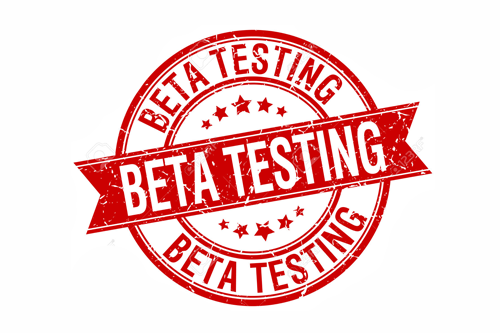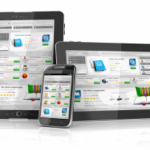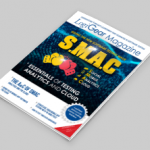 Steps that will enable you to identify the weaknesses of your new app, its vulnerabilities and strengths.
Steps that will enable you to identify the weaknesses of your new app, its vulnerabilities and strengths.
So you’ve just finished developing a nifty, customisable app that can help farmers track their produce from source to market via their mobile phone. You’re elated and want to get started marketing it right away. Not to burst you bubble, but are you 100% sure that the app actually works across all mobile platforms and is scalable affordably?
As a developer, the foremost thought that should linger at the back of your mind is not whether the app is cool; yes, it solves a real need for farmers, especially those in rural areas who have no idea whether they are getting real value from their produce sales. But a question you should have an asnwer to is: will the app be received well be the public, the consumers of the applications – consumers in your case being the agribusiness stakeholders for example? Whether it will fly off the app store shelves or stare back at the creator with a one star rating, is something you ought to find out prior to launch phase.
Beta testing your mobile app
How to get it right is really that question that can have you going back to the drawing board. Beta testing comes in to guarantee the excellence of your app, something that can be determined while still in the testing process and save you loads of cash and embarrasment. Beta testing simply determines whether an application works: i.e is usable, functional, practical and most importantly, flawless. It also helps you better understand your target audience and capitalize on adequate business analysis.
If you have no idea how to carry out your Beta testing for your new application, here are a few ideas you could consider.
1. Who is your target audience?
Before you even start developing the app, figure out who you are designing it for. True, beta testing is all about testing the app after it has been created, but the initial testing needs to be completed even before you start the creating process. Design usually follows purpose. If you figure out who the app is for, you are more likely to create a bug free app.
2. Get in touch with tech bloggers
Some app developers go the route of hiring an app testing firm, or have a dedicated team of app testers as part of their staff. If however you are starting out, the easiest thing you could do is get in touch with- or involve tech bloggers in beta-testing the app. You can generate social media hype around the testing, that way you will not only get tech bloggers to test the app, but also create anticipation for the app. If the beta testing goes well then you’re certain from the buzz already generated your app has willing buyers or users.
3. Value feedback and adjust
The reason why you involved beta-testers in the first place, was to allow you to know where your app fails and where it flourishes. Always consider that the success of your app is dependent on the feedback you receive. Understand that testing the app is about way more than just reducing the bugs in how the program runs, but also listening to your users and consumers. Be ready to embrace the criticism that will come, fix the bugs and problems, adjust, and roll with the punches. The responses, comments, and thoughts you receive from the testers are invaluable to your app creation process. The areas to concentrate on here include the usability and functionality of the app. How satisfied are your customers? Is the app interactive? etc.
In closing, the above steps will enable you to identify the weaknesses of your new app, its vulnerabilities and strengths. The process will also enable you to eliminate anything that needs eliminating and prepare your app for the app store. In the end, help you create and deliver something that the customer wants and needs.



















